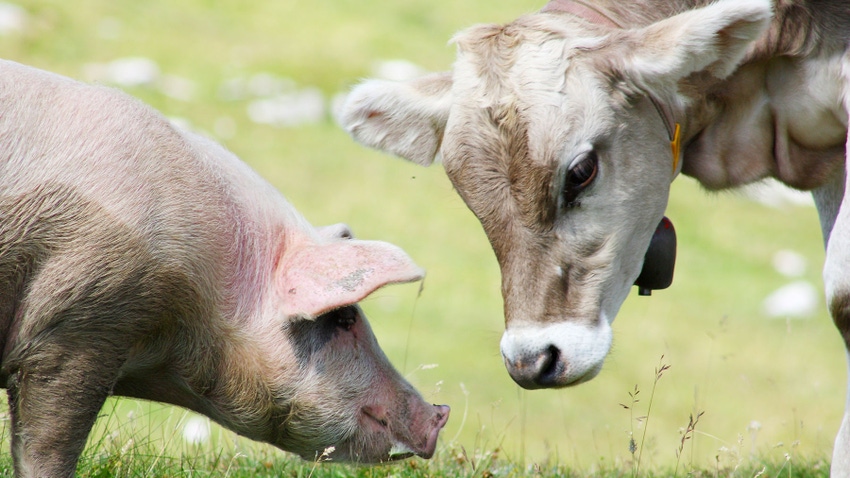July 3, 2023

Market prices for cattle and hogs have been heading in opposite directions for the better part of a year now. This is also affecting the relative prices of beef and pork for consumers.
For only the third time in the past 30 years, the ratio of the Choice beef retail price to the pork retail price has increased for seven consecutive months. With beef supplies expected to remain tight for the next several quarters, upward pressure on consumer prices for beef will test the resolve of inflation-weary consumers.
Some beef industry experts are concerned that consumers may begin to limit beef purchases in favor of lower-priced alternatives.
Overall meat demand weakened in 2023, but demand for most beef products has not yet suffered to the same extent as many pork products. However, producers may be wondering when consumers will see enough of a price difference to begin switching away from beef.
Beef outpaces others in price
Examining price ratios between certain retail meat cuts, comparing Choice boneless sirloin steak prices to those of boneless pork chops, shows a consistent uptrend in place for much of the past 12 years.
The May 2023 ratio of these two products was 2.40, meaning the sirloin was priced more than two times higher than pork chops. However, it was only the eighth-largest of the past 21 months, indicating that consumers are already somewhat used to the current price relationship for these two products. They are paying more for beef than pork.
Also, the most recent monthly price relationship between ground beef and boneless chicken breast is exactly at the average level that has been experienced since 2021, allowing consumers to make this comparison without experiencing too much sticker shock.
Need for consumer buy-in
Will consumers stick with beef? The results are mixed.
Certain beef products appear to have room for some price increases without turning consumers away, but there is reason for caution when examining the overall retail beef-pork price relationship.
As cattle and beef supplies continue to tighten, there are only two ways that cattle prices can continue to move higher. Either consumers will need to spend more for beef, or producers will need to capture a larger share of each retail dollar spent.
With wholesale-farm spreads already back to a more historical normal range in recent months and retail-wholesale spreads remaining stubbornly high since the pandemic, let’s hope that consumers continue to judge beef as an overall good value when doing their grocery shopping.
Brown is a livestock economist with the University of Missouri. He grew up on a diversified farm in northwest Missouri.
Read more about:
BeefAbout the Author(s)
You May Also Like




